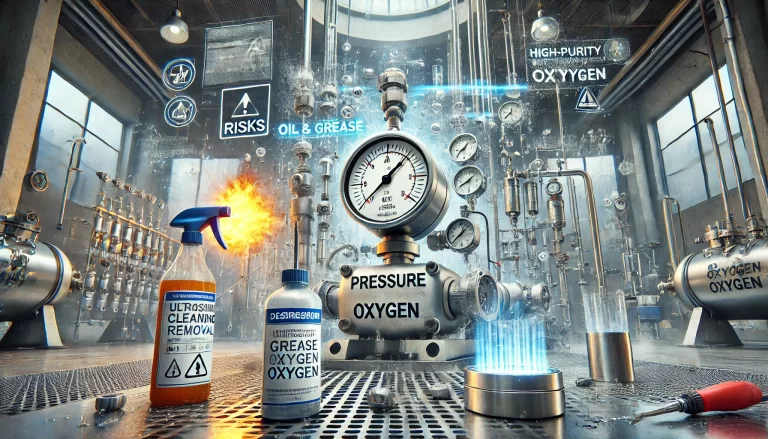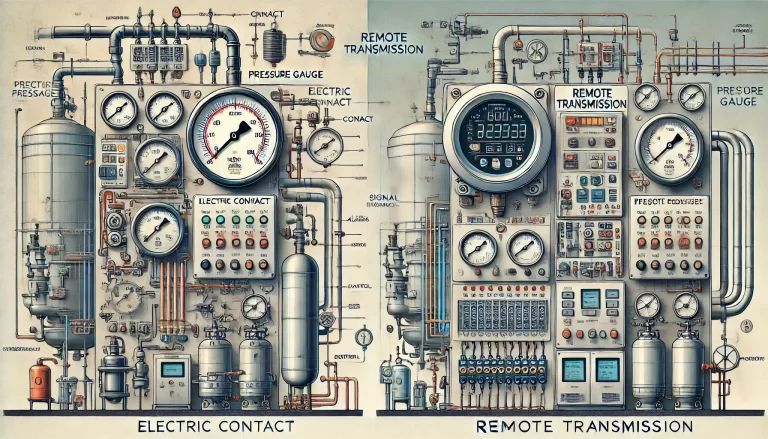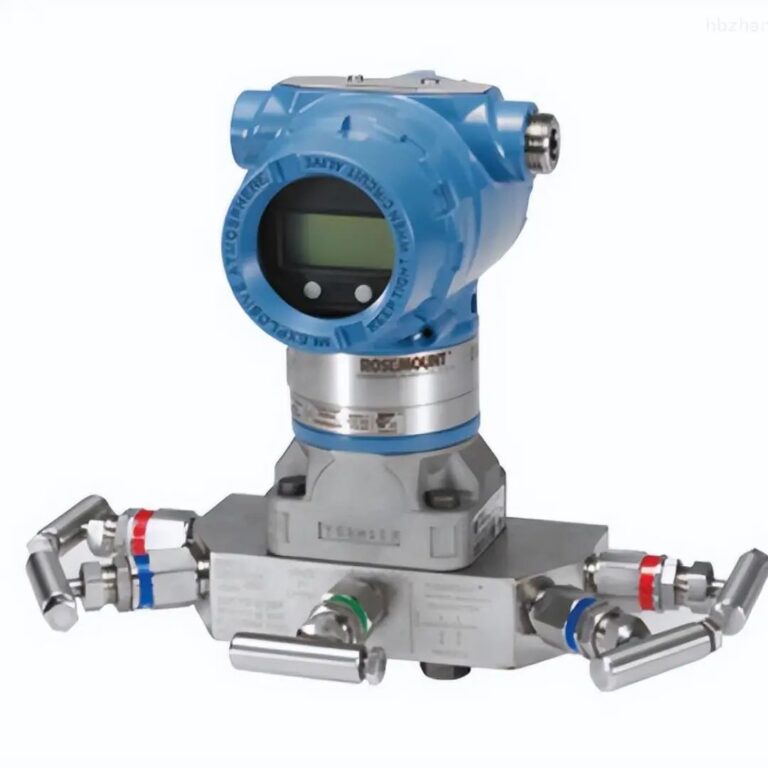Pressure transmitters are essential in many industries, ranging from household systems to aerospace applications. While both low-cost and high-end pressure transmitters serve the purpose of measuring pressure, their performance, durability, and features vary significantly. Let’s delve deeper into the critical differences and what they mean for users.
1. Precision and Accuracy
Low-Cost Pressure Transmitters: Typically, these devices offer a full-scale accuracy of ±0.5% to ±1%. This level of precision is sufficient for basic applications such as monitoring water pressure in residential systems.
High-End Pressure Transmitters: These devices achieve a much higher accuracy, often as precise as ±0.075% or better. Such accuracy is critical in industries where even minor deviations can lead to significant consequences, like in aerospace testing or high-end chemical experiments.
Why It Matters: Higher precision ensures data reliability and reduces the margin for error, which is especially crucial in safety-critical or high-performance environments.

2. Stability Over Time
Low-Cost Pressure Transmitters: Prone to signal drift when used over extended periods or under variable environmental conditions. This can compromise the reliability of measurements in dynamic or long-term applications.
High-End Pressure Transmitters: Engineered with superior materials and manufacturing processes, they maintain stability under diverse conditions, ensuring consistent performance even in harsh environments.
Real-World Example: In a small outdoor pump station, low-cost transmitters might suffice. However, in a refinery where stability ensures operational safety, high-end models are indispensable.
3. Range and Overload Protection
Low-Cost Pressure Transmitters: Offer narrower ranges and limited overload protection. If subjected to pressures beyond their range, they are at risk of permanent damage.
High-End Pressure Transmitters: Provide a broader range and advanced overload protection, capable of handling significant pressure variations without failure.
Use Case: In hydraulic systems with fluctuating pressures, high-end transmitters prevent system failure and costly downtime.
4. Response Time
Low-Cost Pressure Transmitters: Have slower response times, making them unsuitable for scenarios requiring rapid adjustments or real-time monitoring. They are better suited for applications with slow or steady pressure changes.
High-End Pressure Transmitters: With response times measured in milliseconds, these devices are ideal for high-speed systems such as fuel injection in engines or hydraulic control in automation.
Implications: Faster response times directly correlate to better system efficiency and precision in dynamic applications.

5. Communication and Integration
Low-Cost Pressure Transmitters: Typically support basic analog outputs like 4-20mA signals. Their integration capabilities are limited, often requiring additional hardware for complex systems.
High-End Pressure Transmitters: Support multiple communication protocols, including HART, PROFIBUS-PA, and Modbus, enabling seamless integration into sophisticated control systems. They also facilitate real-time data monitoring and remote diagnostics.
Industry Example: In a modern factory utilizing an Industrial Internet of Things (IIoT) system, high-end transmitters enhance connectivity and operational insights.
6. Smart Features
Low-Cost Pressure Transmitters: Offer basic functionality limited to pressure measurement and signal output. Advanced features like self-diagnostics or calibration are usually absent.
High-End Pressure Transmitters: Packed with intelligent features, such as self-diagnostics to detect performance issues and self-calibration to maintain optimal operation. These features reduce manual intervention and improve efficiency.
Why It’s Critical: In automated systems, these smart functionalities significantly lower maintenance costs and minimize human error.
7. Materials and Build Quality
Low-Cost Pressure Transmitters: Often made with cost-effective materials like plastic or standard-grade metals. Their lifespan is relatively short, and they may not withstand extreme conditions.
High-End Pressure Transmitters: Use premium materials such as stainless steel or titanium alloys and advanced manufacturing techniques, ensuring durability, corrosion resistance, and long-term reliability in demanding environments.
Consideration: For applications in chemical plants or marine environments, the material quality of high-end transmitters ensures longevity and safety.

8. Certification and Standards
Low-Cost Pressure Transmitters: May not comply with strict international certifications. This could pose challenges in environments with stringent safety or quality requirements.
High-End Pressure Transmitters: Typically adhere to multiple international standards, such as ISO 9001, CE, and RoHS. These certifications validate their quality, safety, and reliability.
Importance: Certified transmitters are often a requirement in regulated industries like pharmaceuticals and energy.
9. Brand Value and Reputation
Low-Cost Pressure Transmitters: Produced by smaller or lesser-known manufacturers, these products often lack robust quality assurance processes and market recognition.
High-End Pressure Transmitters: Backed by reputable brands that invest heavily in R&D, quality control, and after-sales support. The brand’s reputation often reflects the product’s reliability and innovation.
Impact: A well-established brand assures users of product performance and long-term support.

10. After-Sales Support
Low-Cost Pressure Transmitters: Limited or inconsistent technical support and warranty services. Issues with the product might result in extended downtime or complete replacement.
High-End Pressure Transmitters: Comprehensive after-sales support, including timely repairs, replacements, and calibration services, minimizing downtime and ensuring smooth operations.
Practical Insight: Industries with critical operations, such as petrochemical plants, cannot afford downtime and hence prefer high-end transmitters.
Conclusion
Choosing the right pressure transmitter depends on the application’s requirements and the budget. While low-cost pressure transmitters may suffice for simple, non-critical tasks, high-end models offer unparalleled accuracy, reliability, and advanced functionalities for demanding industrial applications. Investing in a high-quality transmitter is not just about meeting today’s needs but also about ensuring long-term operational excellence and safety.
